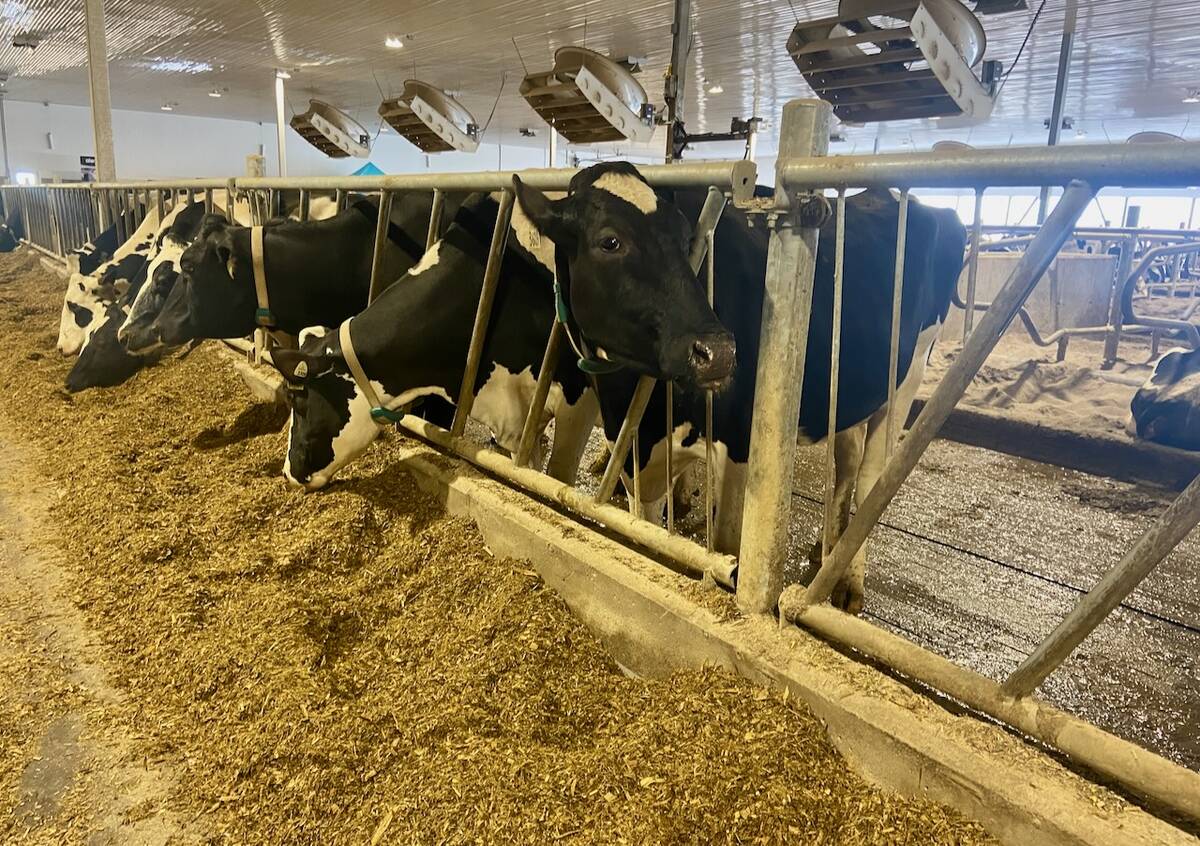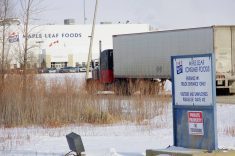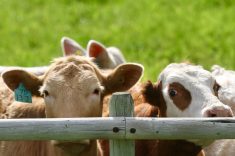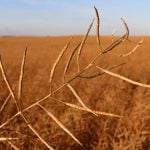Mark Ritchie is using New Zealand know-how to make the most out of the harsh Canadian climate.
Born in New Zealand and raised in Great Britain, Ritchie spent 12 years working on sheep and cattle farms in New Zealand, the world’s top exporter of sheep meat.
He moved to Canada 17 years ago with his wife, Cherry Allen, and saw an opportunity to adapt the New Zealand system to Ontario.
Ritchie was the featured speaker at two seminars organized last month in Saskatoon and Moose Jaw, Sask., by the Saskatchewan Sheep Development Board as a way to encourage the province’s 1,100 sheep producers to expand their flocks.
Read Also

U.S. farm group supports supply management
U.S. grassroots farm advocacy group pushing new agriculture legislation that would move towards supply management like Canada has for dairy industry
Ritchie runs a 1,000 sheep flock, which is considered a large flock in Canada but is small by New Zealand standards.
There are key differences between the New Zealand method of raising sheep and the traditional Canadian way, most of them due to climate.
In an interview after his presentation, Ritchie said most Canadian sheep farmers lamb during February or March and keep their ewes inside. In New Zealand, ewes lamb in May in pastures.
“Our adaptation is that, yes, we have a shorter growing season, but you can still lamb at grass and you can still grow your lambs out, even in the shorter growing season,” Ritchie said.
Lambing indoors costs more in feed and labour.
“Off the top of my head, I would say there’s at least a $10 to $15 a head advantage in terms of feed and labour on grass lambing versus farm lambing, and possibly quite a bit more.”
Lambing outside also limits the possibility of lambs attaching themselves to the wrong ewe.
In his presentation, Ritchie said coyotes are another big difference between raising sheep in Canada and New Zealand. While coyote raids are common in Canada, New Zealand has no comparable predator and sheep flocks are generally left undisturbed.
“When you first start a farm (in Canada) you get a year or two before the coyotes find out about you,” Ritchie said.
While new sheep farmers scoff at the idea of coyotes attacking their flocks, he said nearly everyone eventually finds out the hard way.
However, Ritchie said raising sheep in Canada has its benefits, particularly near Toronto: the enormous land base and Toronto’s ethnic market. Muslims are emerging as major buyers of heavy lambs.
His adaptation of New Zealand sheep production has made waves back in his home country. An article in a New Zealand agricultural publication focused on Ritchie’s use of grass and his flock management skills.
Ritchie uses what he calls an easy-care flock, a system based on culling to breed healthier, more resilient sheep. Ewes are culled if they need help at lambing, if they have udder or foot problems and if they are older than seven. He replaces 20 percent of his 1,100 ewes with ewe lambs every year.
“We’re probably producing about 400 (ewe lambs) a year that are suitable for replacement and a couple hundred go into our flock and we sell the others for breeding stock,” he said.
According to the New Zealand article, Ritchie keeps ewes less than a year old inside for five months using a belt-feeding system. Mature ewes are wintered outside.
Interest in the New Zealand method has been growing in recent years, especially in Ontario.
“Locally, here in Ontario there are more people lambing on grass, more like the New Zealand system, than there was 15 or 20 years ago and certainly a lot of them have visited our operation and similar operations here,” Ritchie said.
“We weren’t the first, but we’re amongst some of the first people to be lambing larger numbers on grass here.”














